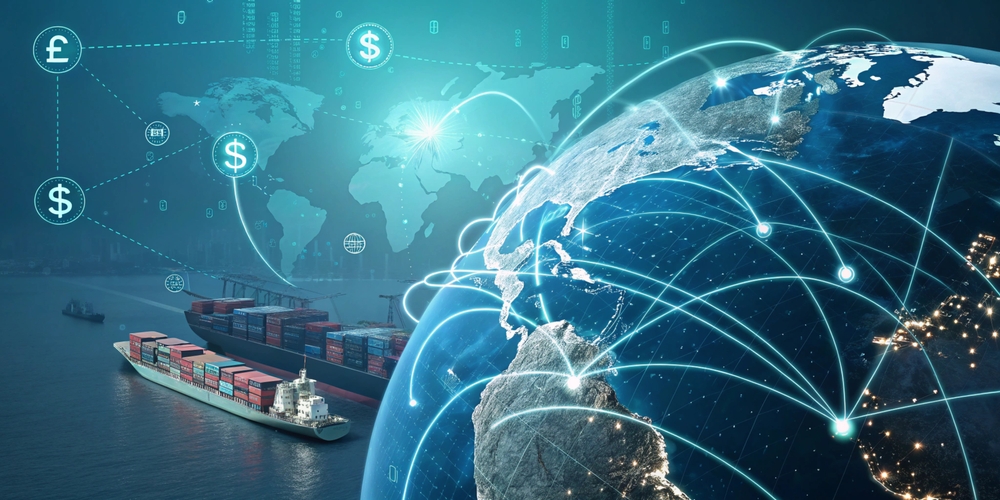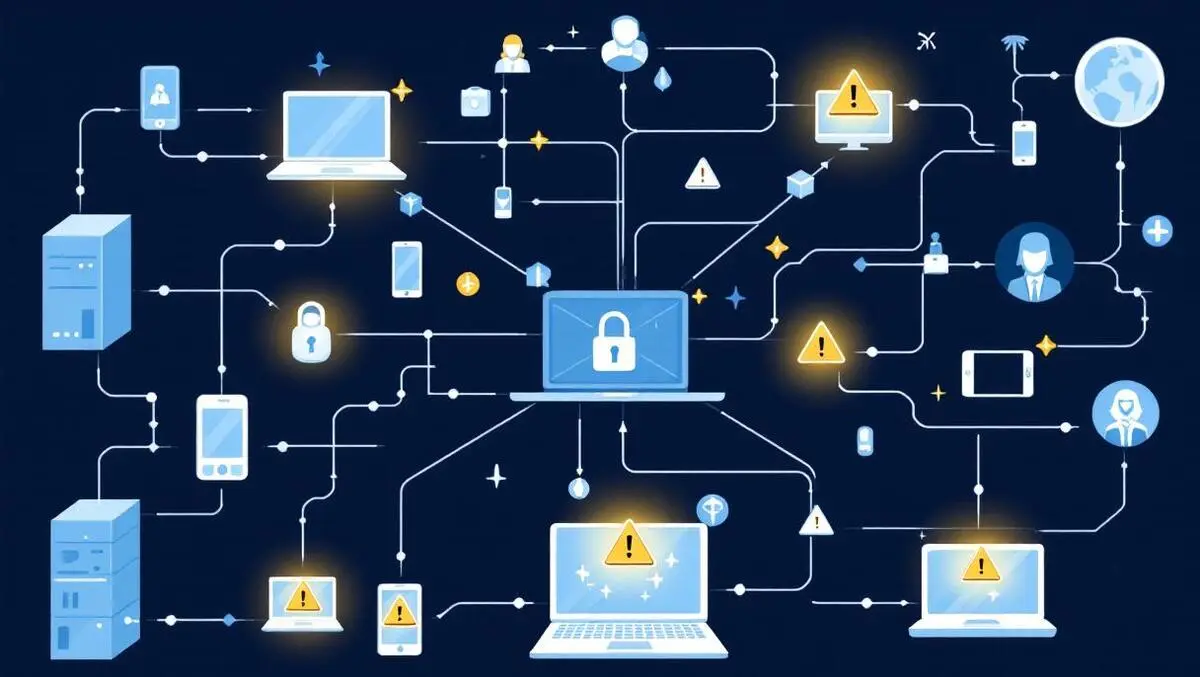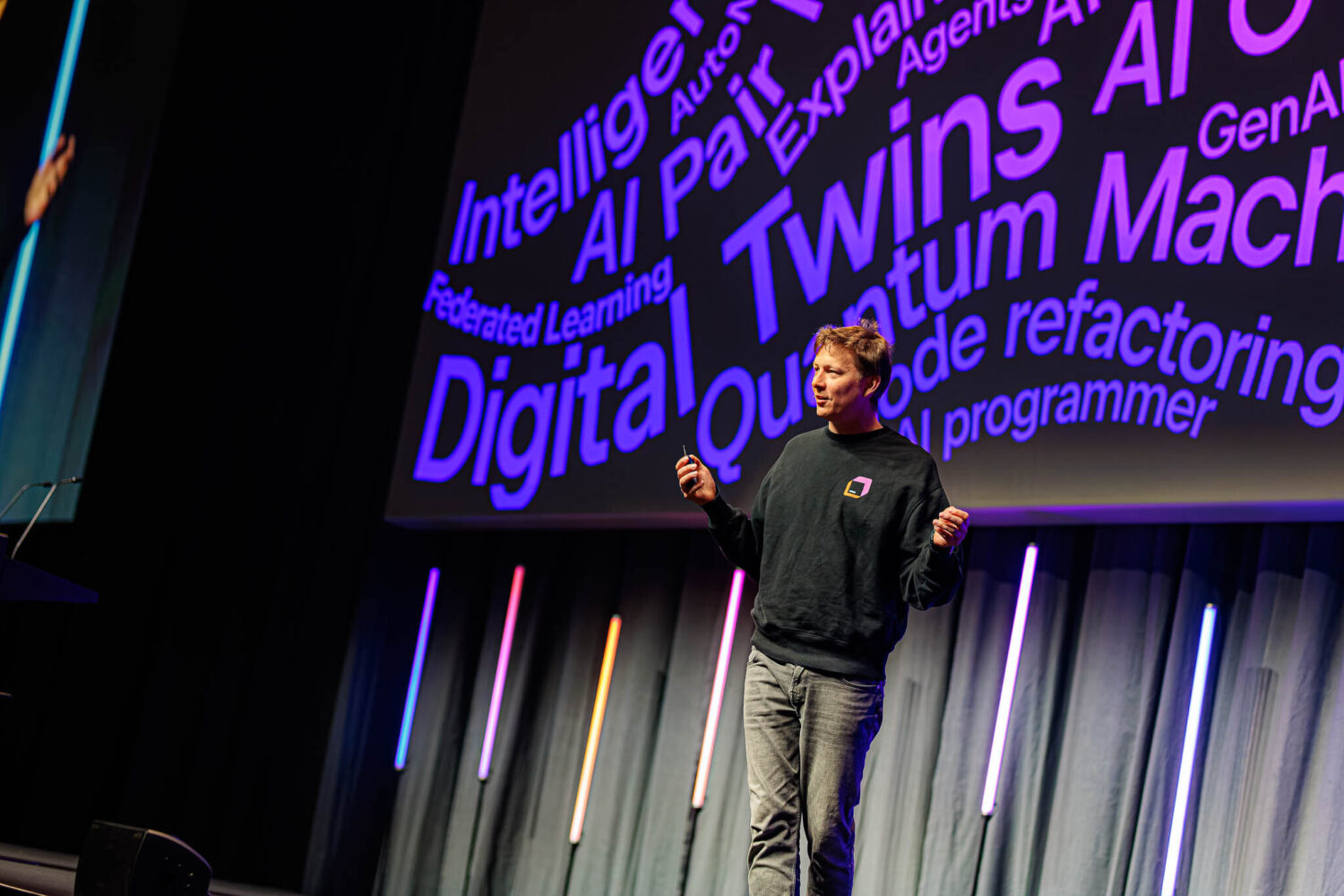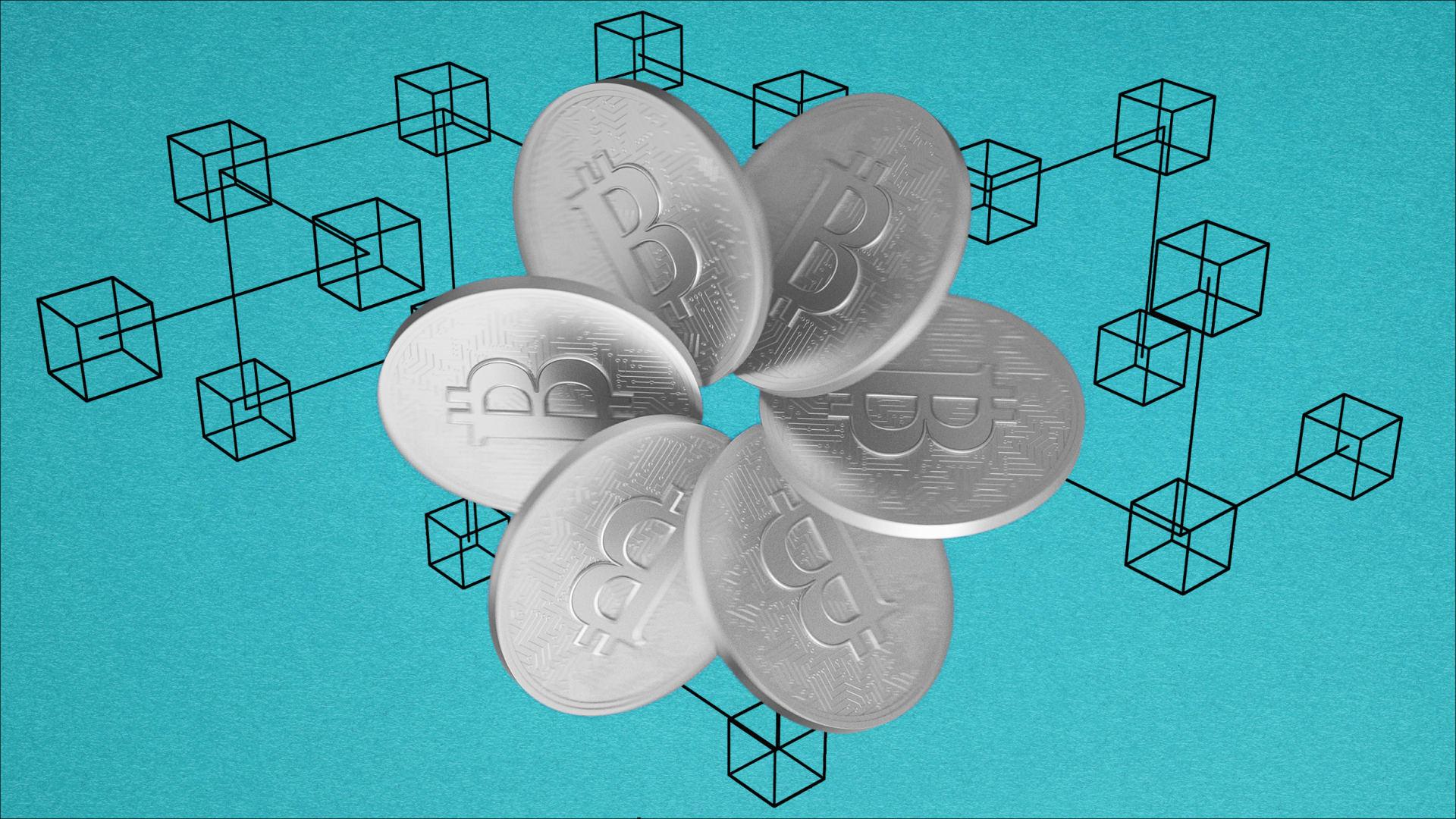Quote for the day:
"Don't worry about being successful but work toward being significant and the success will naturally follow." -- Oprah Winfrey
The Scrum Master: A True Leader Who Serves
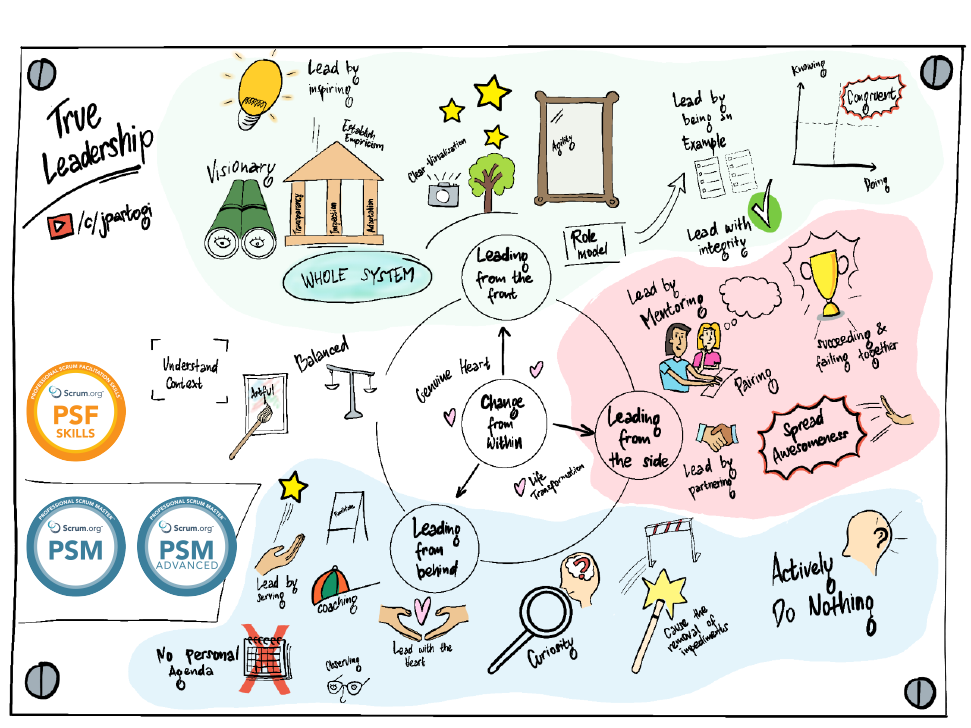 Many people online claim that “Agile is a mindset”, and that the mindset is more
important than the framework. But let us be honest, the term “agile mindset” is
very abstract. How do we know someone truly has it? We cannot open their brain
to check. Mindset manifests in different behaviour depending on culture and
context. In one place, “commitment” might mean fixed scope and fixed time. In
another, it might mean working long hours. In yet another, it could mean
delivering excellence within reasonable hours. Because of this complexity,
simply saying “agile is a mindset” is not enough. What works better is modelling
the behaviour. When people consistently observe the Scrum Master demonstrating
agility, those behaviours can become habits. ... Some Scrum Masters and
agile coaches believe their job is to coach exclusively, asking questions
without ever offering answers. While coaching is valuable, relying on it alone
can be harmful if it is not relevant or contextual. Relevance is key to
improving team effectiveness. At times, the Scrum Master needs to get their
hands dirty. If a team has struggled with manual regression testing for twenty
Sprints, do not just tell them to adopt Test-Driven Development (TDD). Show
them. ... To be a true leader, the Scrum Master must be humble and authentic.
You cannot fake true leadership. It requires internal transformation, a shift in
character. As the saying goes, “Character is who we are when no one is
watching.”
Many people online claim that “Agile is a mindset”, and that the mindset is more
important than the framework. But let us be honest, the term “agile mindset” is
very abstract. How do we know someone truly has it? We cannot open their brain
to check. Mindset manifests in different behaviour depending on culture and
context. In one place, “commitment” might mean fixed scope and fixed time. In
another, it might mean working long hours. In yet another, it could mean
delivering excellence within reasonable hours. Because of this complexity,
simply saying “agile is a mindset” is not enough. What works better is modelling
the behaviour. When people consistently observe the Scrum Master demonstrating
agility, those behaviours can become habits. ... Some Scrum Masters and
agile coaches believe their job is to coach exclusively, asking questions
without ever offering answers. While coaching is valuable, relying on it alone
can be harmful if it is not relevant or contextual. Relevance is key to
improving team effectiveness. At times, the Scrum Master needs to get their
hands dirty. If a team has struggled with manual regression testing for twenty
Sprints, do not just tell them to adopt Test-Driven Development (TDD). Show
them. ... To be a true leader, the Scrum Master must be humble and authentic.
You cannot fake true leadership. It requires internal transformation, a shift in
character. As the saying goes, “Character is who we are when no one is
watching.”Vendors Align IAM, IGA and PAM for Identity Convergence
 The historic separation of IGA, PAM and IAM created inefficiencies and security
blind spots, and attackers exploited inconsistencies in policy enforcement
across layers, said Gil Rapaport, chief solutions officer at CyberArk. By
combining governance, access and privilege in a single platform, the company
could close the gaps between policy enforcement and detection, Rapaport said.
"We noticed those siloed markets creating inefficiency in really protecting
those identities, because you need to manage different type of policies for
governance of those identities and for securing the identities and for the
authentication of those identities, and so on," Rapaport told ISMG. "The cracks
between those silos - this is exactly where the new attack factors started to
develop." ... Enterprise customers that rely on different tools for IGA, PAM,
IAM, cloud entitlements and data governance are increasingly frustrated because
integrating those tools is time-consuming and error-prone, Mudra said. Converged
platforms reduce integration overhead and allow vendors to build tools that
communicate natively and share risk signals, he said. "If you have these tools
in silos, yes, they can all do different things, but you have to integrate them
after the fact versus a converged platform comes with out-of-the-box
integration," Mudra said. "So, these different tools can share context and
signals out of the box."
The historic separation of IGA, PAM and IAM created inefficiencies and security
blind spots, and attackers exploited inconsistencies in policy enforcement
across layers, said Gil Rapaport, chief solutions officer at CyberArk. By
combining governance, access and privilege in a single platform, the company
could close the gaps between policy enforcement and detection, Rapaport said.
"We noticed those siloed markets creating inefficiency in really protecting
those identities, because you need to manage different type of policies for
governance of those identities and for securing the identities and for the
authentication of those identities, and so on," Rapaport told ISMG. "The cracks
between those silos - this is exactly where the new attack factors started to
develop." ... Enterprise customers that rely on different tools for IGA, PAM,
IAM, cloud entitlements and data governance are increasingly frustrated because
integrating those tools is time-consuming and error-prone, Mudra said. Converged
platforms reduce integration overhead and allow vendors to build tools that
communicate natively and share risk signals, he said. "If you have these tools
in silos, yes, they can all do different things, but you have to integrate them
after the fact versus a converged platform comes with out-of-the-box
integration," Mudra said. "So, these different tools can share context and
signals out of the box."The Importance of Technology Due Diligence in Mergers and Acquisitions
 The primary reason for conducting technology due diligence is to uncover any
potential risks that could derail the deal or disrupt operations
post-acquisition. This includes identifying outdated software, unresolved
security vulnerabilities, and the potential for data breaches. By spotting these
risks early, you can make informed decisions and create risk mitigation
strategies to protect your company. ... A key part of technology due diligence
is making sure that the target company’s technology assets align with your
business’s strategic goals. Whether it’s cloud infrastructure, software
solutions, or hardware, the technology should complement your existing
operations and provide a foundation for long-term growth. Misalignment in
technology can lead to inefficiencies and costly reworks. ... Rank the
identified risks based on their potential impact on your business and the
likelihood of their occurrence. This will help prioritize mitigation efforts, so
that you’re addressing the most critical vulnerabilities first. Consider both
short-term risks, like pending software patches, and long-term issues, such as
outdated technology or a lack of scalability. ... Review existing vendor
contracts and third-party service provider agreements, looking for any
liabilities or compliance risks that may emerge post-acquisition—especially
those related to data access, privacy regulations, or long-term commitments.
It’s also important to assess the cybersecurity posture of vendors and their
ability to support integration.
The primary reason for conducting technology due diligence is to uncover any
potential risks that could derail the deal or disrupt operations
post-acquisition. This includes identifying outdated software, unresolved
security vulnerabilities, and the potential for data breaches. By spotting these
risks early, you can make informed decisions and create risk mitigation
strategies to protect your company. ... A key part of technology due diligence
is making sure that the target company’s technology assets align with your
business’s strategic goals. Whether it’s cloud infrastructure, software
solutions, or hardware, the technology should complement your existing
operations and provide a foundation for long-term growth. Misalignment in
technology can lead to inefficiencies and costly reworks. ... Rank the
identified risks based on their potential impact on your business and the
likelihood of their occurrence. This will help prioritize mitigation efforts, so
that you’re addressing the most critical vulnerabilities first. Consider both
short-term risks, like pending software patches, and long-term issues, such as
outdated technology or a lack of scalability. ... Review existing vendor
contracts and third-party service provider agreements, looking for any
liabilities or compliance risks that may emerge post-acquisition—especially
those related to data access, privacy regulations, or long-term commitments.
It’s also important to assess the cybersecurity posture of vendors and their
ability to support integration.From terabytes to insights: Real-world AI obervability architecture
 The challenge is not only the data volume, but the data fragmentation. According
to New Relic’s 2023 Observability Forecast Report, 50% of organizations report
siloed telemetry data, with only 33% achieving a unified view across metrics,
logs and traces. Logs tell one part of the story, metrics another, traces yet
another. Without a consistent thread of context, engineers are forced into
manual correlation, relying on intuition, tribal knowledge and tedious detective
work during incidents. ... In the first layer, we develop the contextual
telemetry data by embedding standardized metadata in the telemetry signals, such
as distributed traces, logs and metrics. Then, in the second layer, enriched
data is fed into the MCP server to index, add structure and provide client
access to context-enriched data using APIs. Finally, the AI-driven analysis
engine utilizes the structured and enriched telemetry data for anomaly
detection, correlation and root-cause analysis to troubleshoot application
issues. This layered design ensures that AI and engineering teams receive
context-driven, actionable insights from telemetry data. ... The amalgamation of
structured data pipelines and AI holds enormous promise for observability. We
can transform vast telemetry data into actionable insights by leveraging
structured protocols such as MCP and AI-driven analyses, resulting in proactive
rather than reactive systems.
The challenge is not only the data volume, but the data fragmentation. According
to New Relic’s 2023 Observability Forecast Report, 50% of organizations report
siloed telemetry data, with only 33% achieving a unified view across metrics,
logs and traces. Logs tell one part of the story, metrics another, traces yet
another. Without a consistent thread of context, engineers are forced into
manual correlation, relying on intuition, tribal knowledge and tedious detective
work during incidents. ... In the first layer, we develop the contextual
telemetry data by embedding standardized metadata in the telemetry signals, such
as distributed traces, logs and metrics. Then, in the second layer, enriched
data is fed into the MCP server to index, add structure and provide client
access to context-enriched data using APIs. Finally, the AI-driven analysis
engine utilizes the structured and enriched telemetry data for anomaly
detection, correlation and root-cause analysis to troubleshoot application
issues. This layered design ensures that AI and engineering teams receive
context-driven, actionable insights from telemetry data. ... The amalgamation of
structured data pipelines and AI holds enormous promise for observability. We
can transform vast telemetry data into actionable insights by leveraging
structured protocols such as MCP and AI-driven analyses, resulting in proactive
rather than reactive systems. MCP explained: The AI gamechanger
 Instead of relying on scattered prompts, developers can now define and deliver
context dynamically, making integrations faster, more accurate, and easier to
maintain. By decoupling context from prompts and managing it like any other
component, developers can, in effect, build their own personal, multi-layered
prompt interface. This transforms AI from a black box into an integrated part of
your tech stack. ... MCP is important because it extends this principle to AI by
treating context as a modular, API-driven component that can be integrated
wherever needed. Similar to microservices or headless frontends, this approach
allows AI functionality to be composed and embedded flexibly across various
layers of the tech stack without creating tight dependencies. The result is
greater flexibility, enhanced reusability, faster iteration in distributed
systems and true scalability. ... As with any exciting disruption, the
opportunity offered by MCP comes with its own set of challenges. Chief among
them is poorly defined context. One of the most common mistakes is hardcoding
static values — instead, context should be dynamic and reflect real-time system
states. Overloading the model with too much, too little or irrelevant data is
another pitfall, often leading to degraded performance and unpredictable
outputs.
Instead of relying on scattered prompts, developers can now define and deliver
context dynamically, making integrations faster, more accurate, and easier to
maintain. By decoupling context from prompts and managing it like any other
component, developers can, in effect, build their own personal, multi-layered
prompt interface. This transforms AI from a black box into an integrated part of
your tech stack. ... MCP is important because it extends this principle to AI by
treating context as a modular, API-driven component that can be integrated
wherever needed. Similar to microservices or headless frontends, this approach
allows AI functionality to be composed and embedded flexibly across various
layers of the tech stack without creating tight dependencies. The result is
greater flexibility, enhanced reusability, faster iteration in distributed
systems and true scalability. ... As with any exciting disruption, the
opportunity offered by MCP comes with its own set of challenges. Chief among
them is poorly defined context. One of the most common mistakes is hardcoding
static values — instead, context should be dynamic and reflect real-time system
states. Overloading the model with too much, too little or irrelevant data is
another pitfall, often leading to degraded performance and unpredictable
outputs.
AI is fueling a power surge - it could also reinvent the grid
Data centers themselves are beginning to evolve as well. Some forward-looking facilities are now being designed with built-in flexibility to contribute back to the grid or operate independently during times of peak stress. These new models, combined with improved efficiency standards and smarter site selection strategies, have the potential to ease some of the pressure being placed on energy systems. Equally important is the role of cross-sector collaboration. As the line between tech and infrastructure continues to blur, it’s critical that policymakers, engineers, utilities, and technology providers work together to shape the standards and policies that will govern this transition. That means not only building new systems, but also rethinking regulatory frameworks and investment strategies to prioritize resiliency, equity, and sustainability. Just as important as technological progress is public understanding. Educating communities about how AI interacts with infrastructure can help build the support needed to scale promising innovations. Transparency around how energy is generated, distributed, and consumed—and how AI fits into that equation—will be crucial to building trust and encouraging participation. ... To be clear, AI is not a silver bullet. It won’t replace the need for new investment or hard policy choices. But it can make our systems smarter, more adaptive, and ultimately more sustainable.AI vs Technical Debt: Is This A Race to the Bottom?
 Critically, AI-generated code can carry security liabilities. One alarming study
analyzed code suggested by GitHub Copilot across common security scenarios – the
result: roughly 40% of Copilot’s suggestions had vulnerabilities. These included
classic mistakes like buffer overflows and SQL injection holes. Why so high? The
AI was trained on tons of public code – including insecure code – so it can
regurgitate bad practices (like using outdated encryption or ignoring input
sanitization) just as easily as good ones. If you blindly accept such output,
you’re effectively inviting known bugs into your codebase. It doesn’t help that
AI is notoriously bad at certain logical tasks (for example, it struggles with
complex math or subtle state logic, so it might write code that looks legit but
is wrong in edge cases. ... In many cases, devs aren’t reviewing AI-written code
as rigorously as their own, and a common refrain when something breaks is, “It
is not my code,” implying they feel less responsible since the AI wrote it. That
attitude itself is dangerous, if nobody feels accountable for the AI’s code, it
slips through code reviews or testing more easily, leading to more bad
deployments. The open-source world is also grappling with an influx of
AI-generated “contributions” that maintainers describe as low-quality or even
spam. Imagine running an open-source project and suddenly getting dozens of
auto-generated pull requests that technically add a feature or fix but are
riddled with style issues or bugs.
Critically, AI-generated code can carry security liabilities. One alarming study
analyzed code suggested by GitHub Copilot across common security scenarios – the
result: roughly 40% of Copilot’s suggestions had vulnerabilities. These included
classic mistakes like buffer overflows and SQL injection holes. Why so high? The
AI was trained on tons of public code – including insecure code – so it can
regurgitate bad practices (like using outdated encryption or ignoring input
sanitization) just as easily as good ones. If you blindly accept such output,
you’re effectively inviting known bugs into your codebase. It doesn’t help that
AI is notoriously bad at certain logical tasks (for example, it struggles with
complex math or subtle state logic, so it might write code that looks legit but
is wrong in edge cases. ... In many cases, devs aren’t reviewing AI-written code
as rigorously as their own, and a common refrain when something breaks is, “It
is not my code,” implying they feel less responsible since the AI wrote it. That
attitude itself is dangerous, if nobody feels accountable for the AI’s code, it
slips through code reviews or testing more easily, leading to more bad
deployments. The open-source world is also grappling with an influx of
AI-generated “contributions” that maintainers describe as low-quality or even
spam. Imagine running an open-source project and suddenly getting dozens of
auto-generated pull requests that technically add a feature or fix but are
riddled with style issues or bugs.The Future of Manufacturing: Digital Twin in Action
Process digital twins are often confused with traditional simulation tools, but there is an important distinction. Simulations are typically offline models used to test “what-if” scenarios, verify system behaviour, and optimise processes without impacting live operations. These models are predefined and rely on human input to set parameters and ask the right questions. A digital twin, on the other hand, comes to life when connected to real-time operational data. It reflects current system states, responds to live inputs, and evolves continuously as conditions change. This distinction between static simulation and dynamic digital twin is widely recognised across the industrial sector. While simulation still plays a valuable role in system design and planning, the true power of the digital twin lies in its ability to mirror, interpret, and influence operational performance in real time. ... When AI is added, the digital twin evolves into a learning system. AI algorithms can process vast datasets - far beyond what a human operator can manage - and detect early warning signs of failure. For example, if a transformer begins to exhibit subtle thermal or harmonic irregularities, an AI-enhanced digital twin doesn’t just flag it. It assesses the likelihood of failure, evaluates the potential downstream impact, and proposes mitigation strategies, such as rerouting power or triggering maintenance workflows.Bridging the Gap: How Hybrid Cloud Is Redefining the Role of the Data Center
 Today’s hybrid models involve more than merging public clouds with private data
centers. They also involve specialized data center solutions like colocation,
edge facilities and bare-metal-as-a-service (BMaaS) offerings. That’s the short
version of how hybrid cloud and its relationship to data centers are evolving.
... Fast forward to the present, and the goals surrounding hybrid cloud
strategies often look quite different. When businesses choose a hybrid cloud
approach today, it’s typically not because of legacy workloads or sunk costs.
It’s because they see hybrid architectures as the key to unlocking new
opportunities ... The proliferation of edge data centers has also enabled
simpler, better-performing and more cost-effective hybrid clouds. The more
locations businesses have to choose from when deciding where to place private
infrastructure and workloads, the more opportunity they have to optimize
performance relative to cost. ... Today’s data centers are no longer just a
place to host whatever you can’t run on-prem or in a public cloud. They have
evolved into solutions that offer specialized services and capabilities that are
critical for building high-performing, cost-effective hybrid clouds – but that
aren’t available from public cloud providers, and that would be very costly and
complicated for businesses to implement on their own.
Today’s hybrid models involve more than merging public clouds with private data
centers. They also involve specialized data center solutions like colocation,
edge facilities and bare-metal-as-a-service (BMaaS) offerings. That’s the short
version of how hybrid cloud and its relationship to data centers are evolving.
... Fast forward to the present, and the goals surrounding hybrid cloud
strategies often look quite different. When businesses choose a hybrid cloud
approach today, it’s typically not because of legacy workloads or sunk costs.
It’s because they see hybrid architectures as the key to unlocking new
opportunities ... The proliferation of edge data centers has also enabled
simpler, better-performing and more cost-effective hybrid clouds. The more
locations businesses have to choose from when deciding where to place private
infrastructure and workloads, the more opportunity they have to optimize
performance relative to cost. ... Today’s data centers are no longer just a
place to host whatever you can’t run on-prem or in a public cloud. They have
evolved into solutions that offer specialized services and capabilities that are
critical for building high-performing, cost-effective hybrid clouds – but that
aren’t available from public cloud providers, and that would be very costly and
complicated for businesses to implement on their own.
AI Agents: Managing Risks In End-To-End Workflow Automation
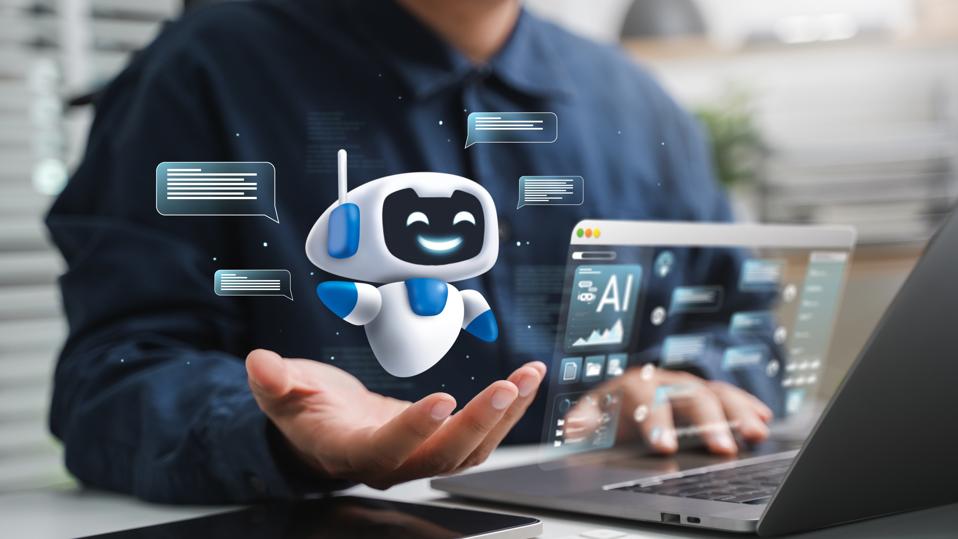 As CIOs map out their AI strategies, it’s becoming clear that agents will change
how they manage their organization’s IT environment and how they deliver
services to the rest of the business. With the ability of agents to automate a
broad swath of end-to-end business processes—learning and changing as they
go—CIOs will have to oversee significant shifts in software development, IT
operating models, staffing, and IT governance. ... Human-based checks and
balances are vital for validating agent-based outputs and recommendations and,
if needed, manually change course should unintended consequences—including
hallucinations or other errors—arise. “Agents being wrong is not the same thing
as humans being wrong,” says Elliott. “Agents can be really wrong in ways that
would get a human fired if they made the same mistake. We need safeguards so
that if an agent calls the wrong API, it’s obvious to the person overseeing that
task that the response or outcome is unreasonable or doesn’t make sense.” These
orchestration and observability layers will be increasingly important as agents
are implemented across the business. “As different parts of the organization
[automate] manual processes, you can quickly end up with a patchwork-quilt
architecture that becomes almost impossible to upgrade or rethink,” says
Elliott.
As CIOs map out their AI strategies, it’s becoming clear that agents will change
how they manage their organization’s IT environment and how they deliver
services to the rest of the business. With the ability of agents to automate a
broad swath of end-to-end business processes—learning and changing as they
go—CIOs will have to oversee significant shifts in software development, IT
operating models, staffing, and IT governance. ... Human-based checks and
balances are vital for validating agent-based outputs and recommendations and,
if needed, manually change course should unintended consequences—including
hallucinations or other errors—arise. “Agents being wrong is not the same thing
as humans being wrong,” says Elliott. “Agents can be really wrong in ways that
would get a human fired if they made the same mistake. We need safeguards so
that if an agent calls the wrong API, it’s obvious to the person overseeing that
task that the response or outcome is unreasonable or doesn’t make sense.” These
orchestration and observability layers will be increasingly important as agents
are implemented across the business. “As different parts of the organization
[automate] manual processes, you can quickly end up with a patchwork-quilt
architecture that becomes almost impossible to upgrade or rethink,” says
Elliott.








